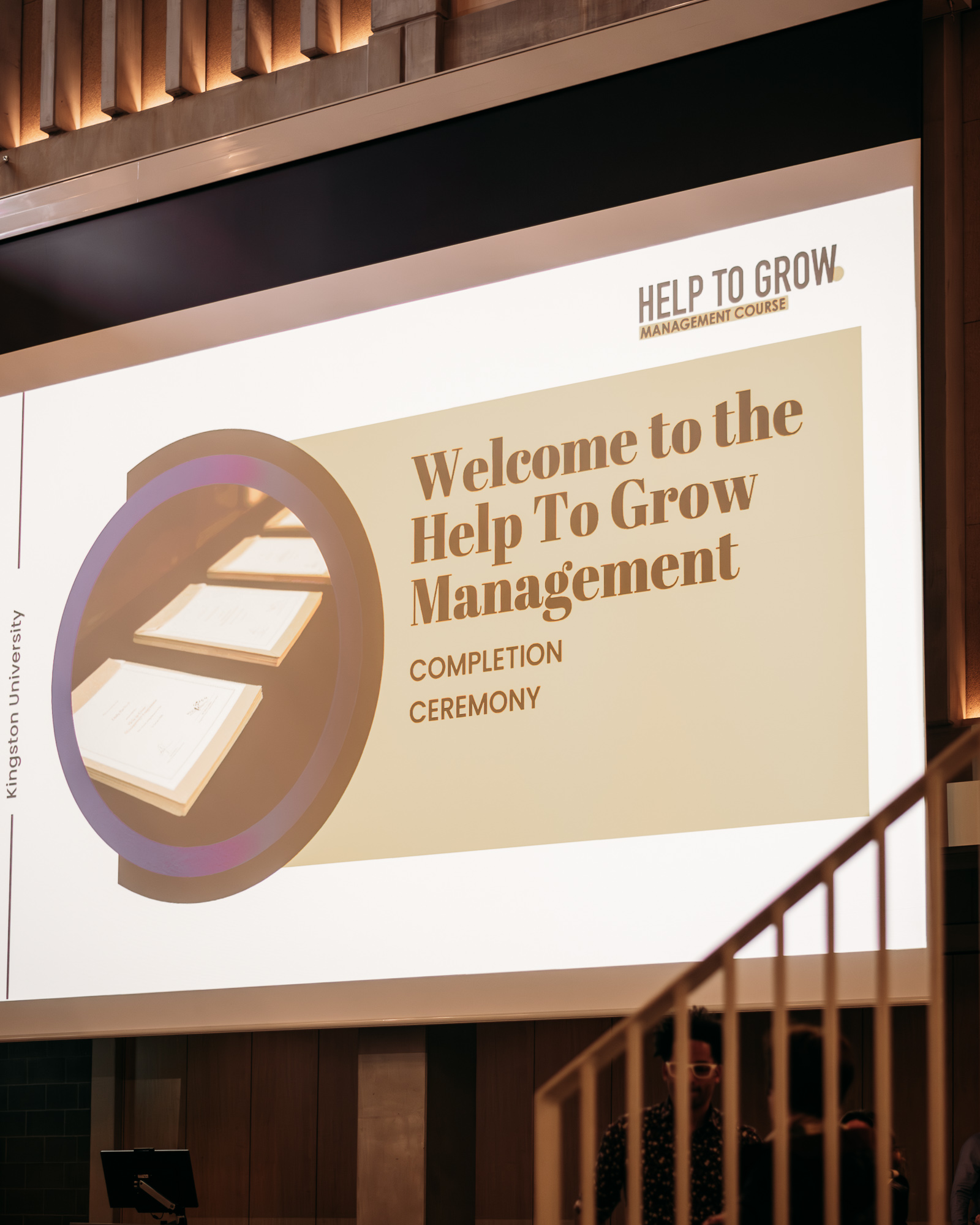We all heard of Nike’s “Just do it” or California Milk Processor board, “Got milk” and other popular marketing campaigns that changed the landscape of business world. Those would not have been successful without having marketing strategies in place that distinctively identified their customers, segmented, and targeted the most receptive of them, and positioned their business at the right place in their customers’ life. But would they still win if they were to use the same content marketing strategy as they used decades ago?
Probably not.
But being an SME in a hyper-competitive business world, it is even more critical to have a targeted content marketing strategy as small or medium sized ventures tend to run on shoestring resources. So how can businesses still cleverly utilise their resources and reach their customers at the same time?
Robert Rose, a bestselling author of ‘Managing Content Marketing’ has some frameworks for SMEs. In an interview on Marketing over coffee podcast, Robert highlighted his 3 strategic pillars of content marketing.
First, coordination How we coordinate the content we create in a business and how we create what a business wants to say is to be the single biggest challenge, he said, its function is to establish charters of teams and define what those teams do. It is also to plan out the operational models and set some clear goals for the teams.
Then, comes, managing platforms.
He said the marketing platforms are the experiences themselves. How we manage our website, our emails, newsletters, blog or event – determines how effective our communication strategy is.
The last pillar is a bridge that conjoins first two pillars. It is all about establishing workflow systems and essentially making sure that coordination is efficient, and management of these platforms is also going smooth.





